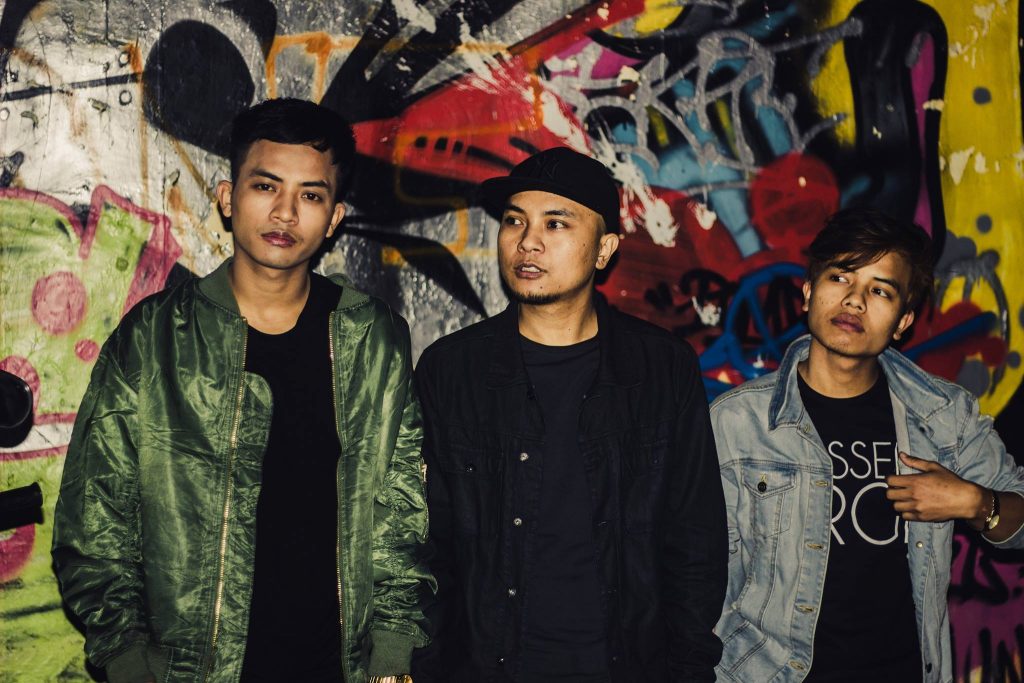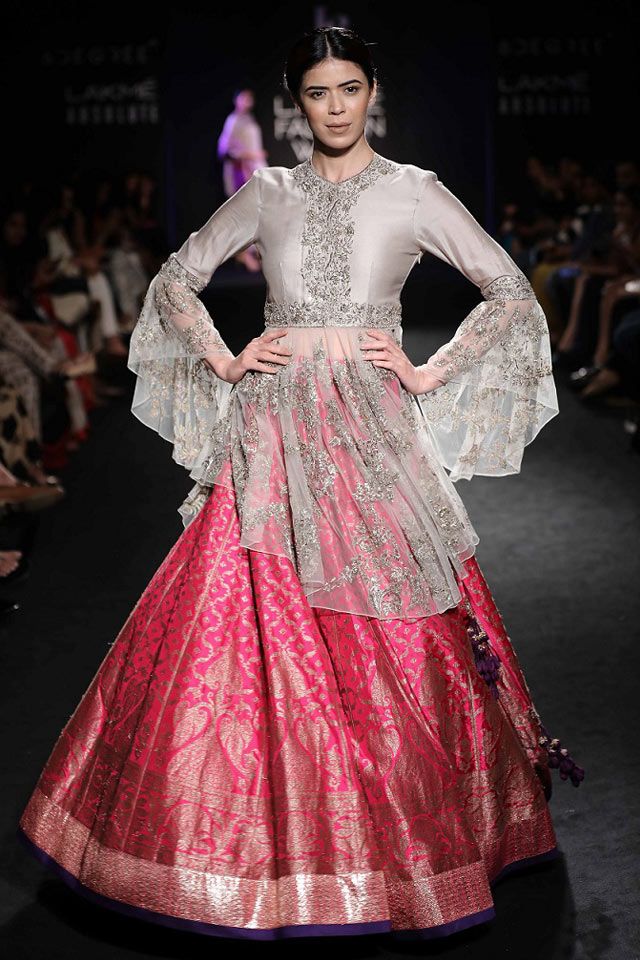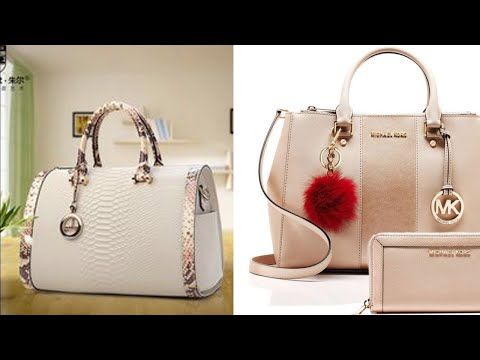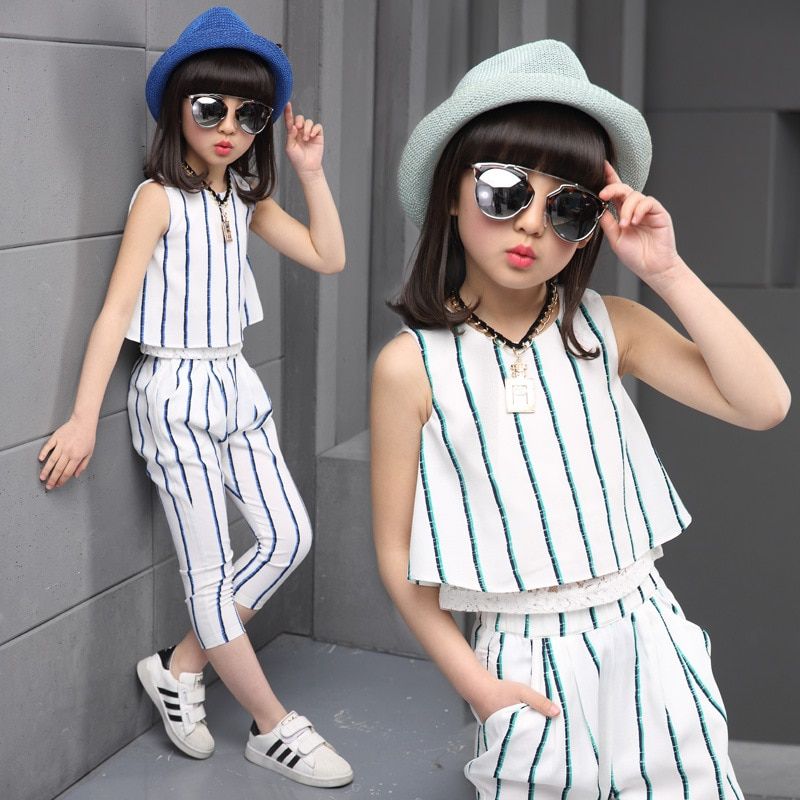Grunge is a darker, edgier style these days that is usually depicted with glitches, vinyl records, cigarettes, neon lights, and the color black (which has absolutely nothing to do with the original grunge). Grunge, historically though, has its roots in the 1990s hard rock scene of Seattle, Washington as a countercultural, anti-consumerism movement, music genre. The fashion was made popular by bands like Nirvana, Pearl Jam, Alice in Chains, and Soundgarden. Grunge clothing was meant to be timeless and quite casual. Grunge started in 1989 with Nirvanas first album ‘Bleach’, however it became mainstream in the 1990s and eventually lost its anti-consumerist philosophy.
Grunge was most popular from roughly 1991 to 1997. It can be argued that grunge began to decline in 1994, after the tragic suicide of Nirvana frontman Kurt Cobain, though the genre maintained popularity until about 1997, when Soundgarden broke up and post-grunge bands like Creed became popular.
Fashion
Grunge fashion of the late 1980s and 1990s was often purchased out of thrift stores at the time. Some will argue it was done out of a rejection of the fashions of the time. It’s generally agreed that it’s because it was cheaper as, at the time, most grunge artists were dirt poor. As the fashion became more mainstream, editor of men’s magazine Details James Truman was quoted in 1993, “to me the thing about grunge is it’s not anti-fashion, it’s unfashion. Punk was anti-fashion. It made a statement. Grunge is about not making a statement, which is why it’s crazy for it to become a fashion statement.”
Men often wore over-sized t-shirts, flannel shirts (that would be tied off around the waist when it got too hot), ripped jeans, and combat boots. These were considered timeless looks and were generally durable and reliable clothing to wear. Women tended to favor slip dresses, flannel shirts, ripped jeans, chokers, and the bell-bottoms/babydoll t-shirt was a popular combination as well. It went out of fashion after Kurt Cobain’s suicide, but has started coming back into fashion as the 90s renaissance started taking place (an argument could be made this is what has led to the rise in prominence of Vaporwave as well). This trend began to regress as Y2K starts to become more and more prominent only to cycle back in another 20 years, as all trends seem to. But with the modern Grunge movement, the philosophical elements of the original Grunge movement were completely dropped in favor of just achieving the visual aesthetic of looking Grunge (although often paying far more exorbitant amounts of money compared to the original Grunge style icons, who almost exclusively shopped at Thrift Stores).
Music
While the fashion has certainly come back into style, the music doesn’t seem to have the same comeback, which was a blend of heavy metal sound and punk rock ethos. However, after Kurt Cobain’s suicide, grunge started to trail off into two separate genres: post-grunge, which included bands like Creed, Nickelback, Staind, Puddle of Mudd, Bush, and the Foo Fighters (fronted by former Nirvana drummer Dave Grohl) and Nu-Metal, which included bands like KoRn, Limp Bizkit, Deftones, Kid Rock, Papa Roach, P.O.D., and Linkin Park. The Grunge revival has led to the old staples of the original grunge scene to see a return to popularity, but as of this writing, it has not led to any new grunge bands rising up the ranks, but not for lack of trying.
A Brief History of Grunge: The Seattle Sound
It all started with the Melvins. Formed in 1983 in Washington State, the band were part of a generation of musicians influenced by the likes of KISS, Black Sabbath, Led Zeppelin and AC/DC. Taking inspiration from the bands they loved, the Melvins were one of the first rock groups to mix elements of metal and punk in their sound.
The city of Seattle at that time was just shedding its hippie image but still holding on to the hippie values of counterculture and nonconformity. In 1984, Seattle-based bands Green River and Soundgarden formed, followed by the Screaming Trees in 1985. The following year brought the founding of Sub Pop Records and saw Seattle-based record label C/Z Records’ first release, Deep Six. This compilation, credited as the first distribution of grunge, included the Melvins, Green River, Soundgarden, Malfunkshun, Skin Yard and The U-Men. Metal band Alice in Chains joined this faction of Seattle bands when they formed in 1987.Book stays and experiences,
hand-picked by our travel experts.

Editorial use only. Consent for book publication must be agreed with Rex by Shutterstock before use. Mandatory Credit: Photo by Andre Csillag/REX/Shutterstock (499068go) THE SCREAMING TREES PERFORMING ON THE ‘LATER WITH JOOLS’ SHOW, BBC TV, LONDON, BRITAIN – NOV 1996 VARIOUS | Photo by Andre Csillag/REX/Shutterstock

Mandatory Credit: Photo by Malluk/Mediapunch/REX/Shutterstock (8627708a) Alice in Chains with Layne Staley Special Fees May 1991 Chains_em8 | Photo by Malluk/Mediapunch/REX/Shutterstock
Between 1988 and 1990, the tight-knit group of Seattle bands went through many transformations. Green River split into two groups: the members who wanted to stay “underground” formed Mudhoney, while those who wanted to become famous rock stars formed Mother Love Bone (picking up the lead singer from Malfunkshun, Andrew Wood). Representing another shift in those values of nonconformity, Soundgarden signed in 1988 with a mainstream label, A&M Records, to the dismay of many of their fans.

Mandatory Credit: Photo by Mediapunch/REX/Shutterstock (8824657d) Soundgarden – Chris Cornell Soundgarden In Concert at Hollywood Live, Los Angeles, USA – 23 Sep 1989 | Photo by Mediapunch/REX/Shutterstock
At the start of the new decade, Mother Love Bone was set to become the rock stars they intended to be when Wood unexpectedly died of a heroin overdose. Wood’s roommate, Chris Cornell of Soundgarden, wrote a tribute to his late friend. A few songs played with the surviving Mother Love Bone members turned into an entire album, Temple of the Dog. When Cornell decided that one of the songs would be better as a duet, he invited a backup vocalist, Eddie Vedder, to join him for the singing of ‘Hunger Strike.’ The same year, Vedder joined the remaining Mother Love Bone members in creating a new band, first named Mookie Blaylock and eventually renamed Pearl Jam.
In 1990, Nirvana consisted only of singer-guitarist Kurt Cobain and bassist Krist Novoselic, and were yet to find a full-time drummer. They were eventually introduced to Dave Grohl through their friends the Melvins, becoming another staple grunge band of the ’90s made possible through collaboration.

Mandatory Credit: Photo by Stephen Sweet/REX/Shutterstock (261411g) Nirvana – Dave Grohl, Kurt Cobain and Chris Novoselic Nirvana – 1993 | Photo by Stephen Sweet/REX/Shutterstock
The bands became regulars at music venues across the city, performing at locations still open today such as The Crocodile and The Showbox. Before any of the bands really left Seattle, they described themselves in self-deprecating ways, referring to themselves and their music style as dirt, scum and – you guessed it – grunge. In 1991, when Nirvana reached number one on Billboard’s Alternative Songs chart, with Pearl Jam following closely behind, “grunge” turned from a joke into an actual descriptor of the rock music subgenre characterized by guitar distortion, feedback and heartfelt, anguished lyrics. That same year, Mudhoney and the Screaming Trees achieved indie success. Soundgarden didn’t catch up with the commercial success of Nirvana and Pearl Jam until 1994.

Mandatory Credit: Photo by Andre Csillag/REX/Shutterstock (497745ka) Pearl Jam – Eddie Vedder performing at Brixton Academy, London, Britain – Jul 1993 Various | Photo by Andre Csillag/REX/Shutterstock
As these bands developed a need for marketing, “grunge” changed from descriptor to ultimate promoter, especially in fashion. That industry, from Macy’s to Marc Jacobs, started creating items that mimicked the style of these bands and their Seattle audiences, namely flannel shirts, combat boots and wool ski hats, often worn with unwashed hair.

Mandatory Credit: Photo by Bei/REX/Shutterstock (5137575b) Eddie Vedder Singles Premiere 09/10/92 – Los Angeles, CA. Eddie Vedder (cast) of Pearl Jam wearing helmet Warner Bros.’ premiere of ‘Singles’ in Los Angeles, CA. Photo®Berliner Studio/BEImages.net September 10, 1992 | Photo by Bei/REX/Shutterstock
While the muses for these fashion statements may have started out too poor and cold to buy anything else, and didn’t care to look after or style their hair, the popularity of grunge inspired the style of the rich. The combat boots that were practical for traction in Seattle’s rain began hitting the catwalks. For the first time, instead of going from boutiques to last season’s department to Goodwill, clothes purchased from Goodwill were inspiring what got brought into the shops. Punks were anti-fashion: their outfits made a statement against it. Grunge rockers were fashion-indifferent: they made no statement at all. And yet grunge became a fashion statement in and of itself.

Mandatory Credit: Photo by Photofusion/REX/Shutterstock (2253864a) Teenage boys wearing grunge gear, UK Youth | Photofusion/REX/Shutterstock
As the concept of grunge was increasingly used in the mainstream, it became increasingly rejected in anti-conformist Seattle. Grunge became a blanket term for Northwest bands of the ’80s and ’90s, even if they had completely different styles and sounds.
Today, though, the term has been reclaimed. Seattleites still hold the same values that began the grunge movement and have learned to embrace the subgenre that, in a lot of ways, put their city on the map.













9 Comments
Comments are closed.